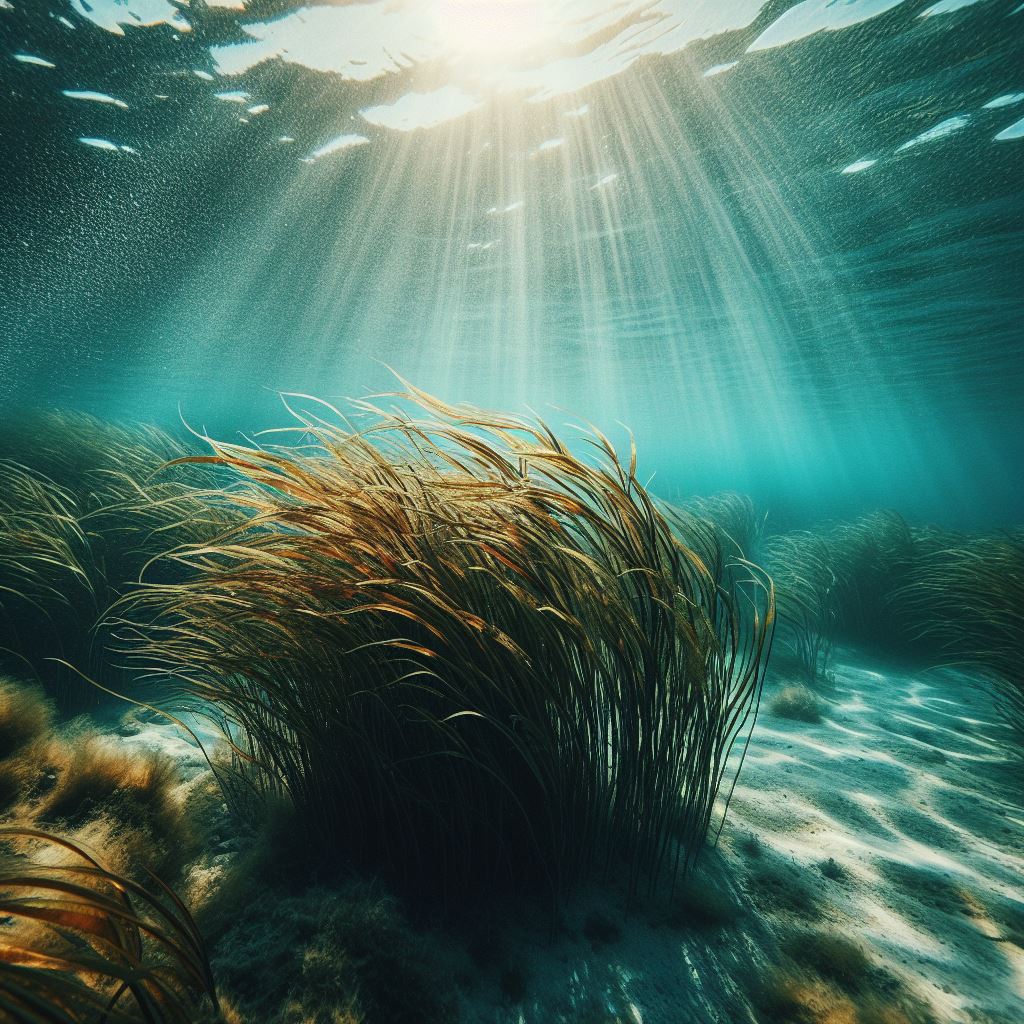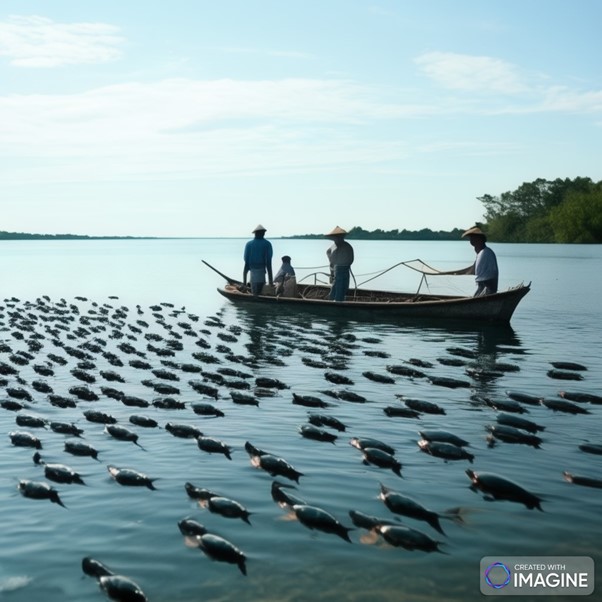Aquaculture Waste Management
Article By: Farah Izana Abdullah
Aquaculture waste management involves strategies and practices aimed at minimizing and properly handling the waste generated by aquaculture operations. Proper waste management is crucial to ensure the environmental sustainability of aquaculture systems and prevent negative impacts on water quality, ecosystems, and surrounding communities. Here are key aspects of aquaculture waste management:
- **Solid Waste Management**:
- **Uneaten Feed and Feces**: Excess feed that is not consumed by aquatic organisms and feces generated by cultured species contribute to solid waste. Proper feeding practices, such as monitoring feed amounts and adjusting feeding rates, can help minimize waste.
- **Sedimentation**: Solid particles settle at the bottom of aquaculture ponds or tanks. Regular pond maintenance, including sediment removal, helps prevent accumulation and nutrient release.
- **Nutrient Management**:
- **Nutrient Enrichment**: Aquaculture systems release nutrients like nitrogen and phosphorus into the water, which can lead to eutrophication if not managed properly. Eutrophication can cause algal blooms and oxygen depletion, harming aquatic life.
- **Effluent Treatment**: Employing treatment technologies like settling ponds, constructed wetlands, or biofilters can help remove excess nutrients from wastewater before it's released into the environment.
- **Water Exchange and Recirculation**:
- **Recirculating Aquaculture Systems (RAS)**: RAS minimize water exchange by recycling and treating water within closed systems. This reduces the discharge of waste and conserves water.
- **Water Exchange**: In open systems, regular water exchange can dilute waste and reduce its impact on the environment. However, it's important to balance water exchange rates to prevent pollution.
- **Biosecurity and Disease Prevention**:
- **Disease Management**: Preventing disease outbreaks through biosecurity measures reduces the potential for excessive waste from mortalities and treatments.
- **Quarantine and Health Checks**: Proper quarantine protocols and health assessments before introducing new stock can minimize the risk of disease introduction.
- **Waste Valorization**:
- **Biogas Production**: Organic waste can be converted into biogas through anaerobic digestion, providing an energy source.
- **Composting**: Solid waste can be composted to produce nutrient-rich soil amendments.
- **Community Engagement and Compliance**:
- **Community Awareness**: Engaging with local communities and raising awareness about waste management practices can lead to better cooperation and reduced environmental impact.
- **Regulatory Compliance**: Following regulations and guidelines set by local authorities regarding waste management is crucial for avoiding legal issues.
- **Research and Innovation**:
- **Improved Feed Formulation**: Developing feeds with better digestibility and reduced nutrient waste can minimize waste production.
- **Waste Treatment Technologies**: Ongoing research focuses on innovative methods for more efficient waste treatment and nutrient recovery.
Proper aquaculture waste management is essential to maintain the health of aquatic ecosystems and ensure the long-term sustainability of the industry. It involves a combination of responsible practices, technology adoption, and regulatory adherence to minimize waste generation and its negative impacts.
Date of Input: 17/08/2023 | Updated: 07/09/2023 | s_humaira
MEDIA SHARING




























